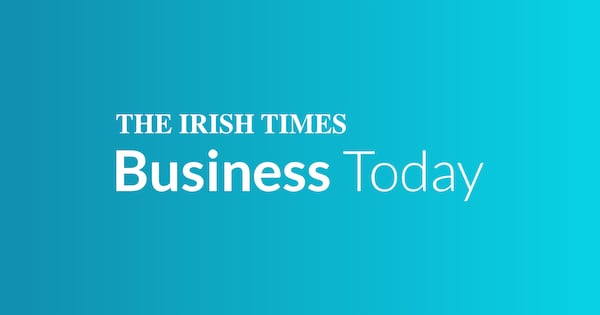Nobody will use the planned MetroLink from Dublin city centre to the airport while it will cost taxpayers multiples of any budget allocated to the project, Ryanair boss Michael O’Leary has said.
The Government’s revised National Development Plan earmarks €2 billion to “kick-start” the MetroLink underground line from Charlemont, near Stephen’s Green in central Dublin to the airport, which could cost up to €23 billion.
Mr O’Leary, whose company is the biggest airline flying out of Dublin, predicted that no one will be able to use the rail line when it opens.
He argued that no one could go to Stephen’s Green at 4am, “where there is nowhere to park” to catch trains to the airport.
READ MORE
[ National Development Plan: live updatesOpens in new window ]
Millions of passengers now travel to the airport on buses connecting it with central Dublin, Belfast, Cork and other locations, the airline chief said.
“The buses work, people already use the buses, you do not need to repeat what’s already there,” he added.
Mr O’Leary noted that the proposed line had no connections to the city’s other public transport including buses and Luas trams.
He dismissed the argument that Dublin is one of Europe’s few capital cities with no rail line to its airport, saying few cities had airports within 9km.
“It will not be delivered on time and it will be 20 times over budget,” Mr O’Leary warned.
Officials told Darragh O’Brien, Minister for Transport, in March that MetroLink’s cost could hit €23 billion. Recent estimates put it between €9 billion and €12 billion.
In response MetroLink said that its primary aim was to provide sustainable, safe, efficient and accessible public transport service between Swords, Dublin Airport and Dublin City Centre, forming “a key spine of the proposed integrated public transport system for the city that includes the extension to the Dart and the BusConnects project.
Metrolink is “fully aligned” with the Programme for Government, the National Planning Framework, regional and local development plans, the Climate Action Plan and Transport Infrastructure Ireland’s environmental strategy, the company added.
Mr O’Leary also argued that outdated planning rules barred airlines from using Dublin Airport’s north runway, “one of the few pieces of infrastructure we have actually built”, which opened in 2022.
The Government had yet to keep a pledge made when it took office seven months ago to axe a 32 million a-year limit on passengers at Dublin Airport, Mr O’Leary said.
He asked if a Government that failed to keep this promise while being responsible for the €330,000 Leinster House bicycle shed, €1.4 million Department of Finance security hut and the €2.24 billion Children’s Hospital, could be trusted to deliver a €275 billion development plan.
The Ryanair boss argued that the plan should include a nuclear power plant to help secure energy independence. The Republic will begin importing nuclear-generated electricity from France, once the countries complete a power line linking Cork and Brittany.
Ireland already imports electricity from Britain, which has five nuclear reactors and whose government has agreed a £38 billion deal for nine new plants. Work on a further nuclear project, Hinkley Point, is already under way.
The State’s relies on imported electricity to cater for growing demand. “We are at the end of the line and will be the first to be switched off if there is a crisis,” Mr O’Leary warned.















